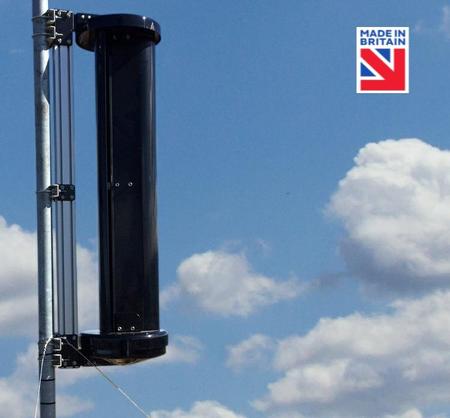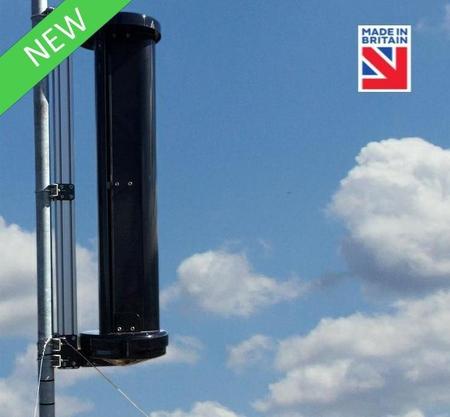Blog
Comprehensive Insights on Choosing the Right Wind Mill Turbine for Your Needs
As the global demand for renewable energy surges, Wind Mill Turbines are emerging as a critical solution to reduce carbon footprints and enhance energy independence. According to the Global Wind Energy Council, the installed capacity for wind power worldwide reached 743 GW by the end of 2020, and it is projected to surpass 1,000 GW by 2023. Such growth underscores the importance of choosing the right Wind Mill Turbine to meet specific energy needs and maximize investment returns. With technological advancements and diverse applications, understanding the nuances of turbine selection has never been more vital.
In the context of rapidly evolving market dynamics and regulatory frameworks, it becomes paramount for consumers and businesses alike to make informed decisions regarding Wind Mill Turbines. Reports from the International Energy Agency suggest that wind energy could account for 18% of global electricity generation by 2040. This potential highlights the necessity for tailored approaches when considering size, efficiency, and location of turbines. By comprehensively evaluating these factors, stakeholders can ensure they select the most suitable Wind Mill Turbine to harness the clean and sustainable energy of the future.
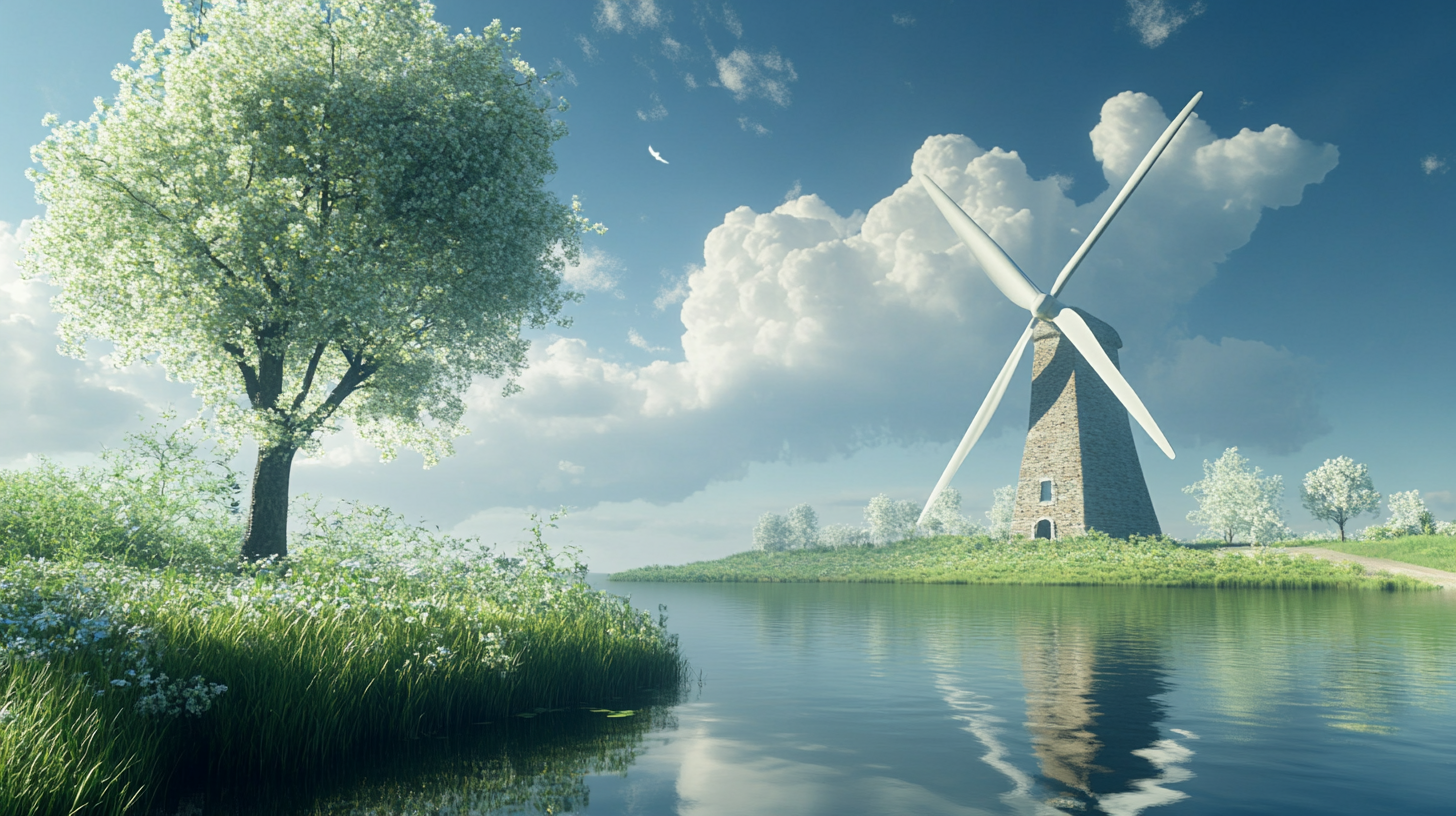
Understanding Different Types of Wind Turbines: Horizontal vs. Vertical Axis
When choosing the right wind turbine for your needs, it's essential to understand the differences between horizontal and vertical axis wind turbines. Horizontal axis wind turbines (HAWTs) are the most common type, featuring blades that rotate around a horizontal axis. They are typically more efficient, capturing wind energy at height and converting it into electricity effectively. According to the Global Wind Energy Council, HAWTs account for over 90% of installed wind capacity worldwide, providing an average efficiency of around 35-45%. On the other hand, vertical axis wind turbines (VAWTs) offer unique advantages in specific applications. With blades that rotate around a vertical axis, VAWTs can capture wind from any direction without requiring orientation adjustments. This omnidirectional capability can be particularly beneficial in urban environments, where wind patterns are unpredictable. A study by the National Renewable Energy Laboratory indicates that VAWTs generally have lower installation and maintenance costs, making them appealing for small-scale projects. While HAWTs dominate large-scale wind farms due to their high efficiency and ability to harness greater wind speeds, VAWTs are becoming increasingly popular for residential and small commercial applications. The choice ultimately hinges on your specific energy needs, geographic location, and budget constraints. By understanding these two types of wind turbines and their operational contexts, you can make a more informed decision tailored to your situation.
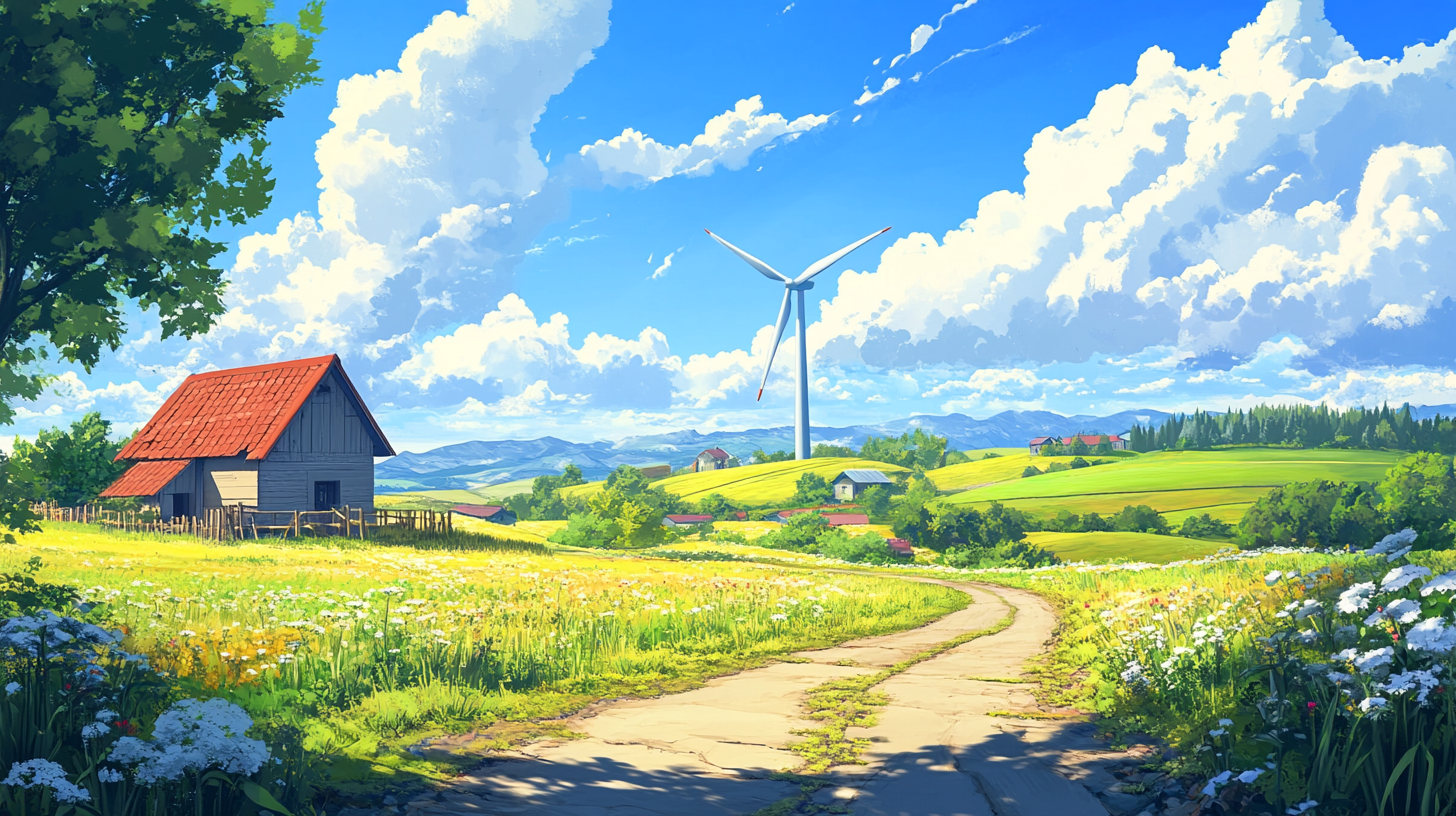
Key Factors Influencing Wind Turbine Selection: Site Assessment and Wind Resource Analysis
When choosing the right wind turbine for your needs, the site assessment and wind resource analysis are critical factors that cannot be overlooked. A thorough understanding of the wind patterns in your desired location will guide you in selecting a turbine suited to maximize energy generation. Recent assessments, such as the long-term offshore wind resource analysis near Daejeong on Jeju Island, South Korea, underscore the importance of evaluating wind data over extended periods. These analyses leverage 30-year historical wind estimates to provide a reliable forecast of potential energy output.
Site selection criteria have evolved, incorporating both environmental regulations and resource availability into models. For instance, literature reviews on co-located offshore wind and floating solar farms reveal that identifying suitable sites requires a systematic approach that considers multiple factors, including local climatology and economic viability. Studies have shown that offshore sites can possess significantly higher wind power potential compared to coastal areas, emphasizing that location is paramount in harnessing wind energy efficiently.
Moreover, employing GIS-assisted modeling techniques to analyze sites can streamline the decision-making process, allowing for a nuanced understanding of the environmental and economic implications of wind farm development. This holistic assessment will ultimately lead to more sustainable and effective energy solutions, tailored to the specific geographical and climatic conditions of the chosen location.

Evaluating Energy Output: The Importance of Capacity Factor and Efficiency Ratings
When selecting a wind turbine, understanding the capacity factor and efficiency ratings is crucial for ensuring it aligns with your energy needs. The capacity factor refers to the ratio of actual energy output over a period of time to the maximum possible output had the turbine operated at full capacity. This metric is essential as it highlights the performance reliability of a turbine, allowing homeowners and businesses alike to gauge how much energy they can expect in real-world conditions.
Efficiency ratings further complement this evaluation by emphasizing how well a turbine converts wind energy into electrical energy. A turbine with high efficiency will capture more energy from the wind and convert it into usable electricity, which is particularly important for maximizing energy production, especially in areas with variable wind conditions. When comparing various models, it is beneficial to look for those with high efficiency ratings alongside favorable capacity factors, as this combination indicates a turbine that will likely meet or exceed energy expectations.
Moreover, the interplay between capacity factor and efficiency can also influence the long-term economic viability of your investment. Choosing a turbine with a strong performance in both areas can lead to lower overall costs over time, as less energy needs to be purchased from external sources. Therefore, taking the time to thoroughly evaluate these metrics can lead to a more informed decision and ultimately a more sustainable energy solution.
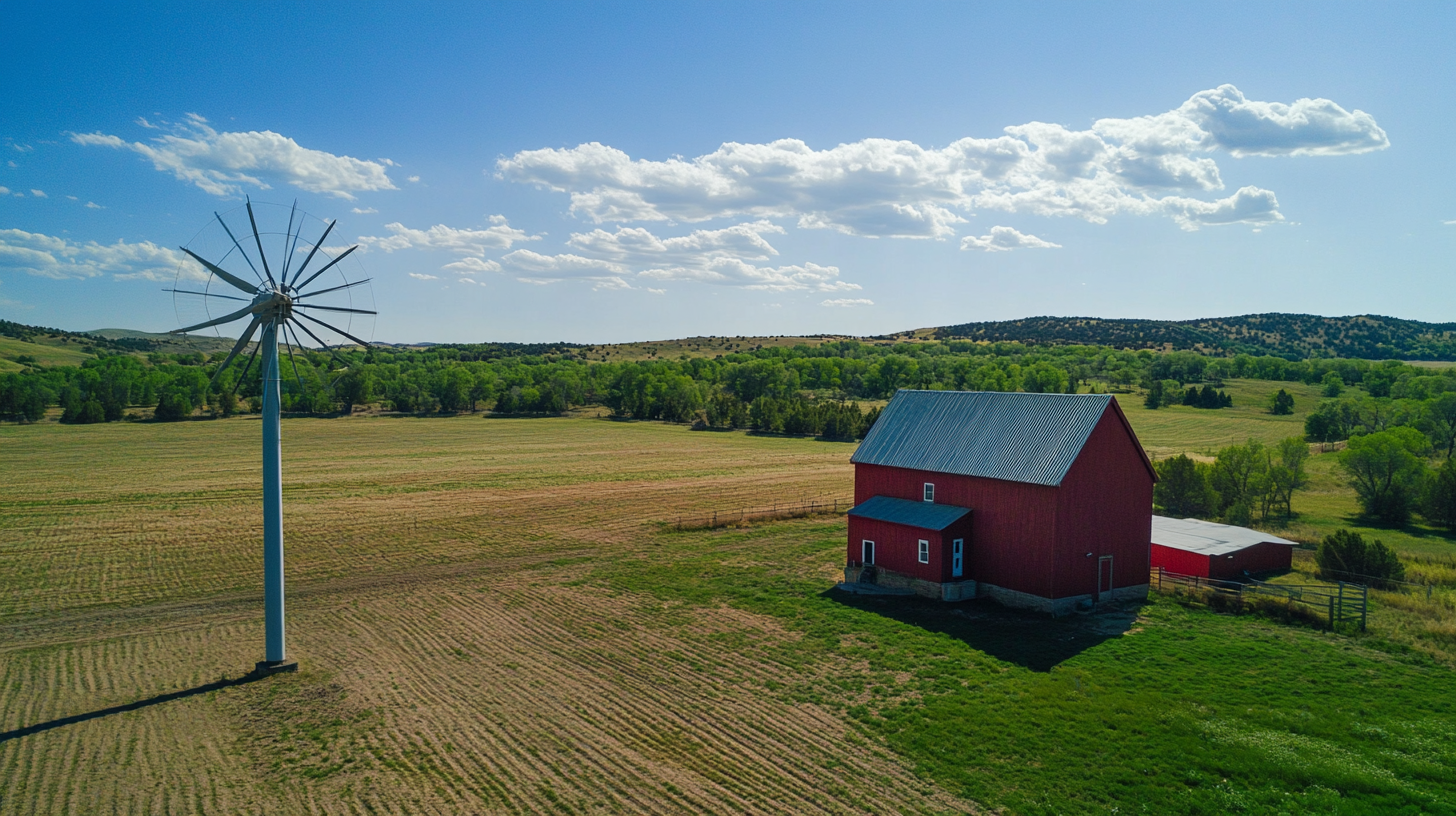
Cost Considerations: Initial Investment, Maintenance, and Long-Term Savings in Wind Energy
When considering the purchase of a wind turbine, cost is a fundamental factor that extends beyond the initial investment. In recent years, the cost of renewable technologies, including wind energy, has dramatically decreased. This trend not only makes the upfront purchase of turbines more accessible but also enhances the viability of wind energy as a long-term financial investment. As technology continues to improve and economies of scale are realized, the initial expenses associated with wind turbines are projected to decline further.
However, potential buyers must also account for ongoing maintenance and operational costs. A thorough understanding of these expenses is essential for accurately assessing the long-term savings associated with wind energy. For instance, while higher upfront costs for certain turbine models might be daunting, their efficiency and lower maintenance needs can lead to significant savings over time. Additionally, as the industry progresses, the experience curves show a reduction in operations and maintenance costs, which directly impacts the overall return on investment for wind energy systems.
Moreover, as the global energy landscape shifts toward sustainable practices, the optimization of energy consumption becomes increasingly important. For businesses and telecommunication networks, incorporating wind energy can mitigate rising energy costs while advancing decarbonization goals. In essence, choosing the right wind turbine involves a comprehensive evaluation of initial costs, maintenance considerations, and the potential for long-term financial benefits, all while contributing to a more sustainable energy future.
Regulatory and Environmental Impacts: Navigating Local Codes and Sustainability Practices
When considering the installation of wind turbines, understanding the regulatory and environmental landscape is crucial. Local codes often dictate the viability of wind projects. According to the American Wind Energy Association (AWEA), adherence to these regulations can significantly affect installation timelines and costs, sometimes resulting in up to a 40% increase in project expenses if compliance issues arise. Each state has its own set of laws, encompassing zoning rules, permitting processes, and safety standards, making it essential for prospective turbine owners to conduct thorough research tailored to their specific location.
Furthermore, sustainability practices are increasingly becoming a focal point for both developers and local communities. A study by the National Renewable Energy Laboratory (NREL) indicates that projects integrating comprehensive environmental impact assessments can improve community support by around 50%. These assessments look at everything from wildlife impacts to noise pollution, ensuring that wind installations do not negatively affect surrounding ecosystems. Engaging with local stakeholders early in the planning process can foster transparency and trust, potentially smoothing the path to project approval.
Understanding these regulatory and environmental impacts not only encourages compliance but also enhances the project's overall sustainability. With the growing emphasis on green energy, adhering to local codes and community standards can lead to better alignment with broader sustainability goals, ultimately making the case for wind energy more compelling in a world striving for cleaner alternatives. As the industry evolves, so too must the approaches to managing these critical elements.
Tell us about your project
Our Off-grid experts will come back with recommendations





